
Tomoki Suzuki, a promising star in Para Athletics, has shown remarkable strength in recent competitions. Behind his success, diverse team staffs with unique experiences in different fields, and technological development have played a key role.

Athletes stand on the podium with the crowd cheering and cameras flashing. But they don’t make that happen just by themselves. Various people, from coaches, friends, colleagues, rivals, to families provide support with them, and behind a success or struggle, there are many different stories for each athlete. This athlete series highlights what enables athletes to take on the challenges.

A promising star in the world of Para Athletics demonstrates strength on another level
Tomoki Suzuki, selected as one of the athletes to compete in the Tokyo 2020 Paralympic Games, won the Oita International Wheelchair Marathon held on November 15, 2020 with a remarkable lead of 4 minutes and 42 seconds. One of the major newspapers described his running at the race as “otherworldly.”
Suzuki injured his spinal cord in a car accident when he was eight months old, and discovered wheelchair athletics when he was in elementary school. As a pioneer of this field in Japan today, he says, “I want to thank all the people who have supported me.” Who has he met on his journey as a competitive athlete?
Looking far more relaxed than during races, Suzuki reflected and spoke methodically about his competitive life.
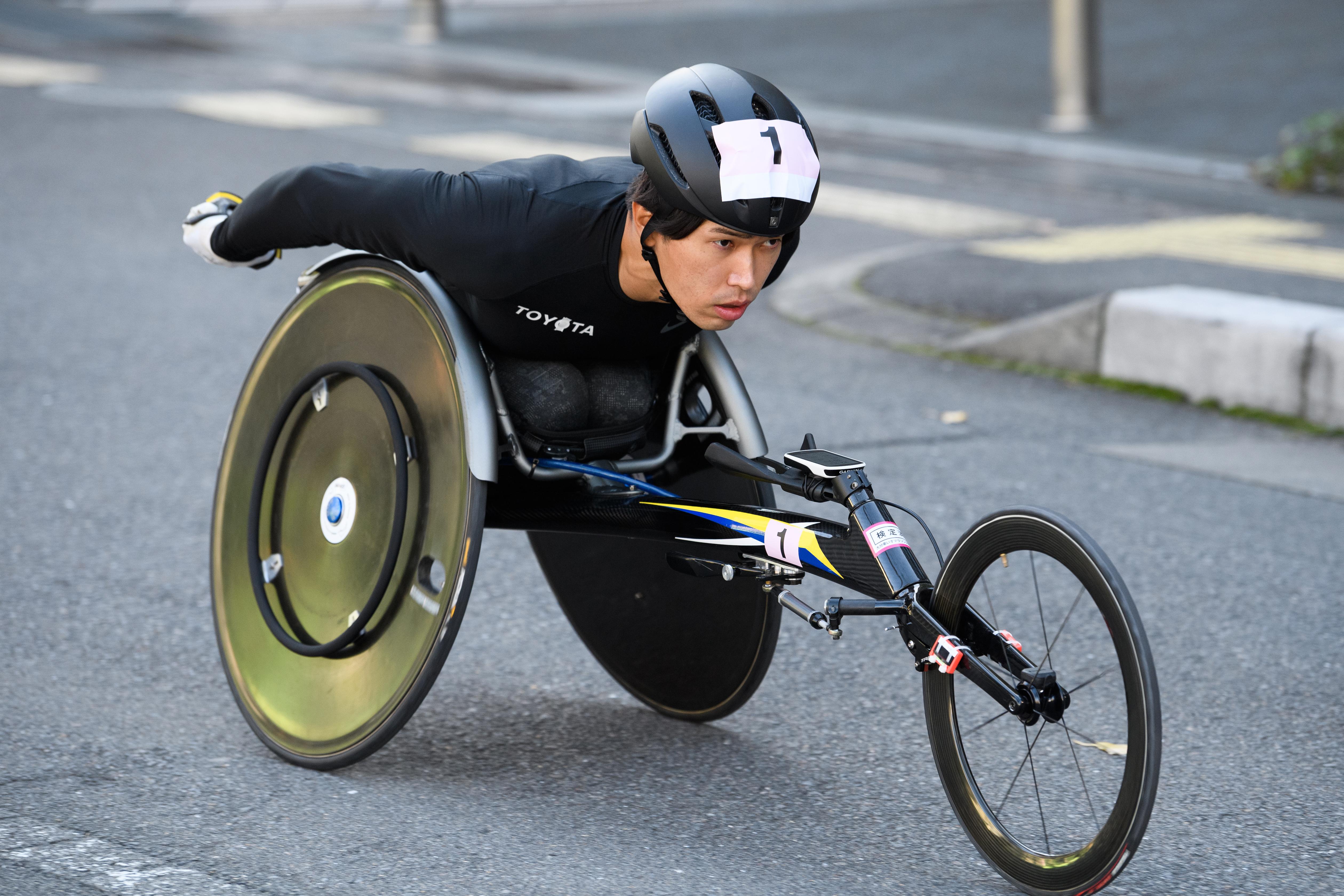
A child awakens to the joy of winning
Suzuki
I discovered wheelchair athletics when my parents encouraged me to do sports at the age of 4 or 5. I was living in Tateyama in Chiba at the time, and there was a club team in Yokohama where children with disabilities gathered to do athletics, play tennis and basketball.
Until then, I was frustrated because I kept losing to my able-body friends at school athletic carnivals, but I was able to win in athletics for the first time. That’s when I learned the joy of winning, and became captivated by sports.
At that time, there were no highways between Tateyama and Yokohama, so it took about two hours each way to take part in the club activities.
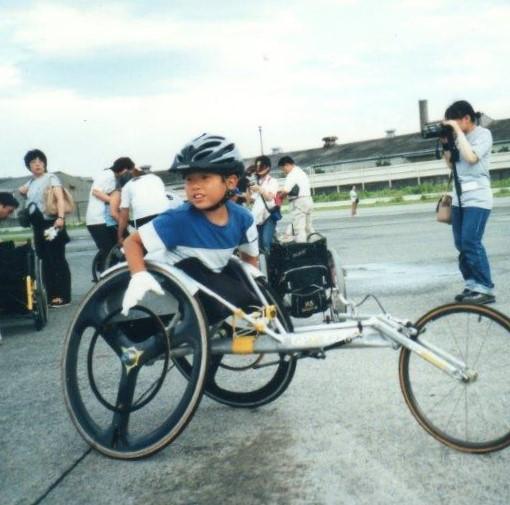
Bonds within the world of Para-Athletics where legendary athletes support the younger generation
Then, when Suzuki was in elementary school, he had a serendipitous encounter that changed his life forever. He met Nobukazu Hanaoka, the current Vice President of the Japan Para Athletics, who finished in fifth place in the wheelchair marathon at the London 2012 Paralympic Games.
I think it was when I was in fourth or fifth grade. Since we both lived in Chiba, my parents asked if he would be willing to watch me practice, and that’s how we got to know each other.
Mr. Hanaoka was still an active Paralympian back then, and every time he coached or showed me how he used the wheelchair, he always emphasized that it was just an advice from him. He said it was ultimately up to me to take it or leave it.
It meant a lot to me to hear that I could try and decide what to incorporate myself. If I hadn't met Mr. Hanaoka, I would never have thought about having a life in athletics. If I had treated sports casually like an after-school activity, I don’t think I would have continued until now.
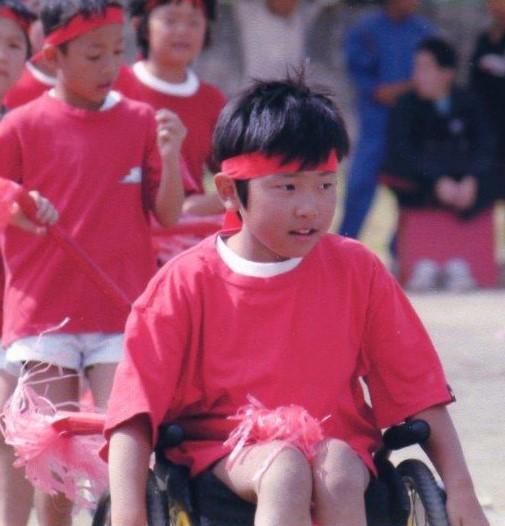
After discovering wheelchair athletics with his parents’ support and the encounter with Mr. Hanaoka, Suzuki was off to a good start nourishing his talent. However, he suffered a setback while attending Josai International University. He didn’t qualify for the Rio 2016 Paralympic Games, which was his major goal.
I only started to produce good results after the qualifications for the Rio 2016 Paralympic Games ended, which was disappointing, but it also made me think.
I wanted to aim for the Tokyo 2020 Paralympic Games in my home country, so with a fresh mindset I decided to shift my focus to Tokyo instead of Rio.
In January 2017, as college graduation approached, Suzuki made some unexpected decisions. He became an apprentice to Australian athlete Kurt Fearnley, who had won the gold medal in the wheelchair marathon at the Beijing 2008 Paralympic Games.
There is a big tournament held in Australia every January. Kurt happily accepted when I asked him if I could practice with him prior to the tournament.
He invited me to his house, and on the last day after practicing for two weeks, he asked me if I'd like to stay on. He told me that there was a spare room I could use that would allow me to study English while being in a good training environment.
He’s a well-known athlete in Australia who has won gold medals, published books and hosted TV shows, so such an offer from him really motivated me.
Since Suzuki had decided to join Toyota, he couldn’t continue to train in Australia, but he was amazed by Fearnley’s open mindedness in inviting him even though they were theoretically rivals.
In the following year, Suzuki visited Marcel Hug, who was the gold medalist in the wheelchair marathon 800m of the Rio 2016 Paralympic Games.
There is a facility where people with spinal cord injuries stay in Knottwil, Switzerland. This place also has a stadium that Marcel uses for training. I arrived there about two weeks before the Swiss Grand Prix, an international athletic competition, and got to observe how Marcel conditions himself and what kind of strategy his team uses.
He was planning his flexibility training while consulting with his coach named Paul. I was reassured by seeing many things that resonated with me.

“I want to make better wheelchairs”: How Suzuki decided his career
Suzuki grew by meeting legendary athletes including Hanaoka, Fearnley and Hug at the turning points of his competitive life. However, it’s impossible to become stronger in wheelchair athletics just by tweaking training methods. Since the speed exceeds 80km/h on the downhill of a marathon, without a good wheelchair, there is only so much you could do even if you work out hard.
Therefore, it’s essential to understand the mechanism of wheelchairs and develop ones that run faster. Suzuki has been developing racing wheelchairs with domestic wheelchair makers since he was a student, and by the time he was graduating college, he even thought of having a career that allowed him to dig deeper into developing wheelchairs.
Because of the likelihood of many athletics overseas trips, the first thing that came to mind when thinking about my career was that the environment had to allow me to travel abroad.
And I wanted to be involved in developing better racing wheelchairs. That’s when I got the offer from Toyota, which brought me here today.
How did the wheelchair development proceed after he joined Toyota?
When I joined the company, they formed a gear development team for me, so I teamed up with the maker with whom I’d been developing wheelchairs.
For example, I got in a racing wheelchair and entered a wind tunnel testing laboratory for vehicles, and numerical values were measured as I tried out various attachments.
In the wind tunnel testing laboratory, I was able to feel how the wind hit me at 30km/h or 50km/h—an experience I could have only gotten because I worked for Toyota. I feel very grateful.

Tokyo, Paris and Los Angeles...the roadmap after a career as an athlete
The opening ceremony of the Tokyo 2020 Paralympics Games is scheduled on August 24, 2021. As the goal is coming closer, Suzuki prepares himself for the best results. His day starts now at 4:00 am. He wakes up, takes a hot shower, and grinds beans to brew coffee for himself.
After that, he stretches for about an hour and a half and starts training at 9:00 am. He mainly practices at Yumenoshima Athletic Stadium and spends about two hours until 11:00 am on the tracks there.
After lunch, he starts stretching and core training at home from around 2:00 pm. As part of his precaution in the COVID-19 pandemic, he tries as much as possible not to go out.
What is interesting is how he chooses to train by himself. Has he ever thought of working closely with a coach like Marcel Hug?
I don’t really feel comfortable training with someone constantly around me (laughs), but I do get a lot of support from my team. Professor Shiho Moriya from Edogawa University comes to see me once a week.
Professor Moriya used to be a professional basketball player, so she teaches me to prepare mentally as a top athlete. I send data including maximum oxygen intake to Professor Tomonobu Sakurai at Toin University of Yokohama. He looks at the data to examine my current condition and training results to create new training routines for me.
There are also two other trainers who help me with physical maintenance, so there are five people on my team including myself.
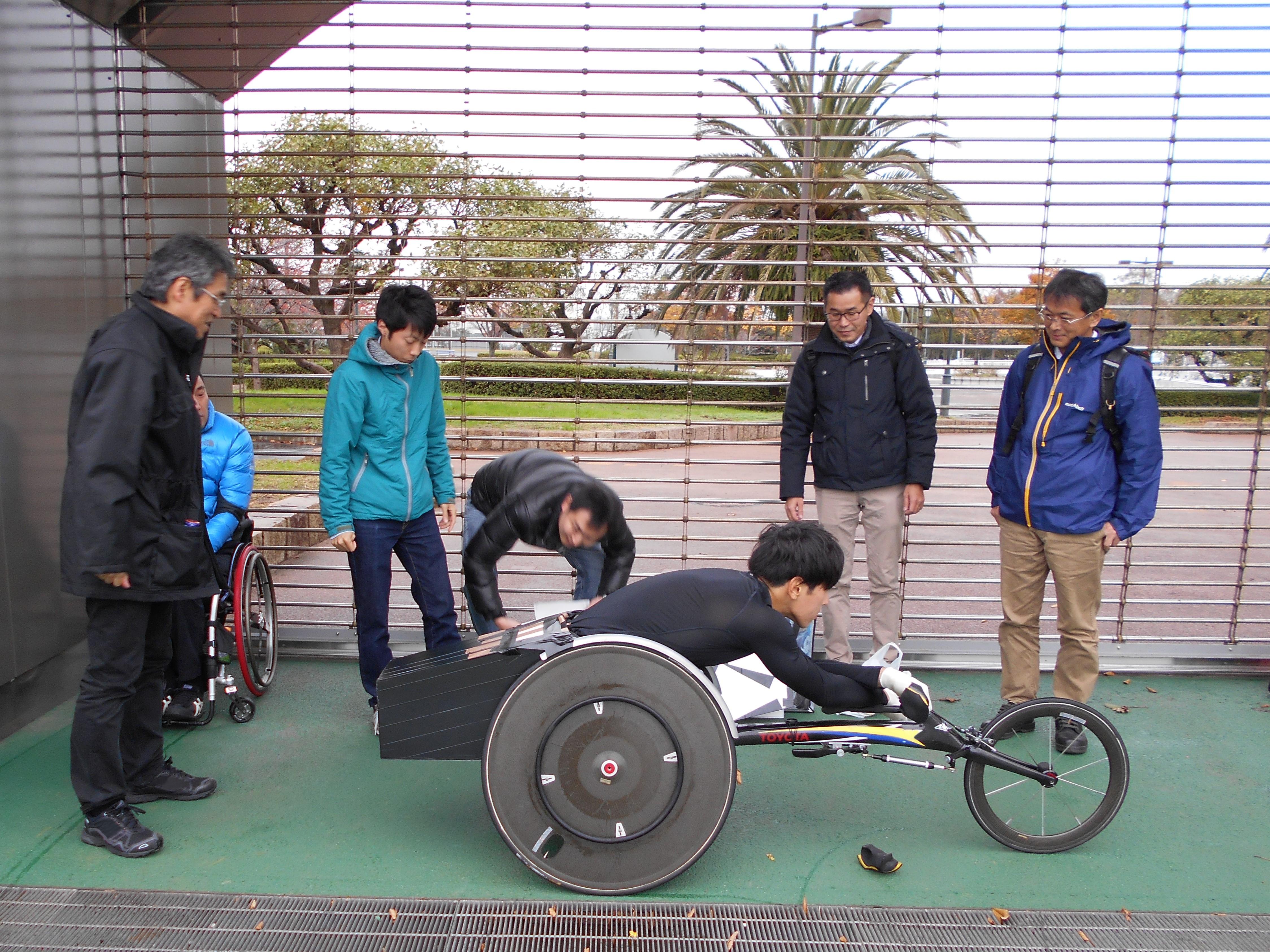
There is something Suzuki values when assembling his team. That is diversity.
In the Tokyo 2020 Paralympic Games, Suzuki is set to race in the 800m and 1500m track events followed by the wheelchair marathon on the final day. It’ll be physically demanding, but he has been training for it with a clear vision. Tomoki also has a roadmap for his career post Tokyo 2020 Paralympic Games.
I train with the goal of doing whatever it takes to get a medal in Tokyo followed by a gold medal in Paris 2024, and to defend that gold in L.A. I can see myself stepping down from the national team after L.A.
Truth be told, para-athletics aren’t well established in Japan, so I’d like to play a role in spreading the word after I retire from racing in the frontlines. For example, I want to provide opportunities for people who are in wheelchairs due to their disabilities to enjoy sports.
When that happens, I’d like to use my team’s test results and training routines for a junior para-athletics team, and maybe, someone from that team will reach for the gold medal. That’ll be a dream.

His parents, legendary athletes, supporting team members and engineers developing his gear... Suzuki plans to pass these treasures from his supporters on to the next generation. Wheelchair athletics is slowly emerging in Japan as its own culture.
(Text: Takeshi Sato)
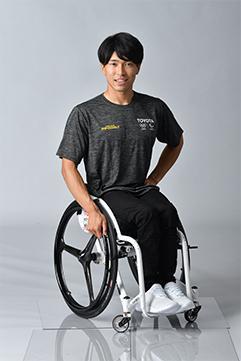
Suzuki Tomoki
Athletics (track / 400m, 800m, 1500m / marathon)
Born 1994 in Chiba Prefecture. Injured his spinal cord in a car accident when he was eight months old, and started to pursue wheelchair athletics seriously when he was in junior high school.
Suzuki’s focus was on track racing, but he has also started to excel in marathon in recent years. He finished third in the 2019 London Marathon, and is set to represent Japan in the Tokyo 2020 Paralympic Games. He is also currently pursuing qualifying for the 800m and 1500m track events.
Suzuki now belongs to Toyota Motor Corporation while fully spending his time in athlete activities. His hobby is camping.

